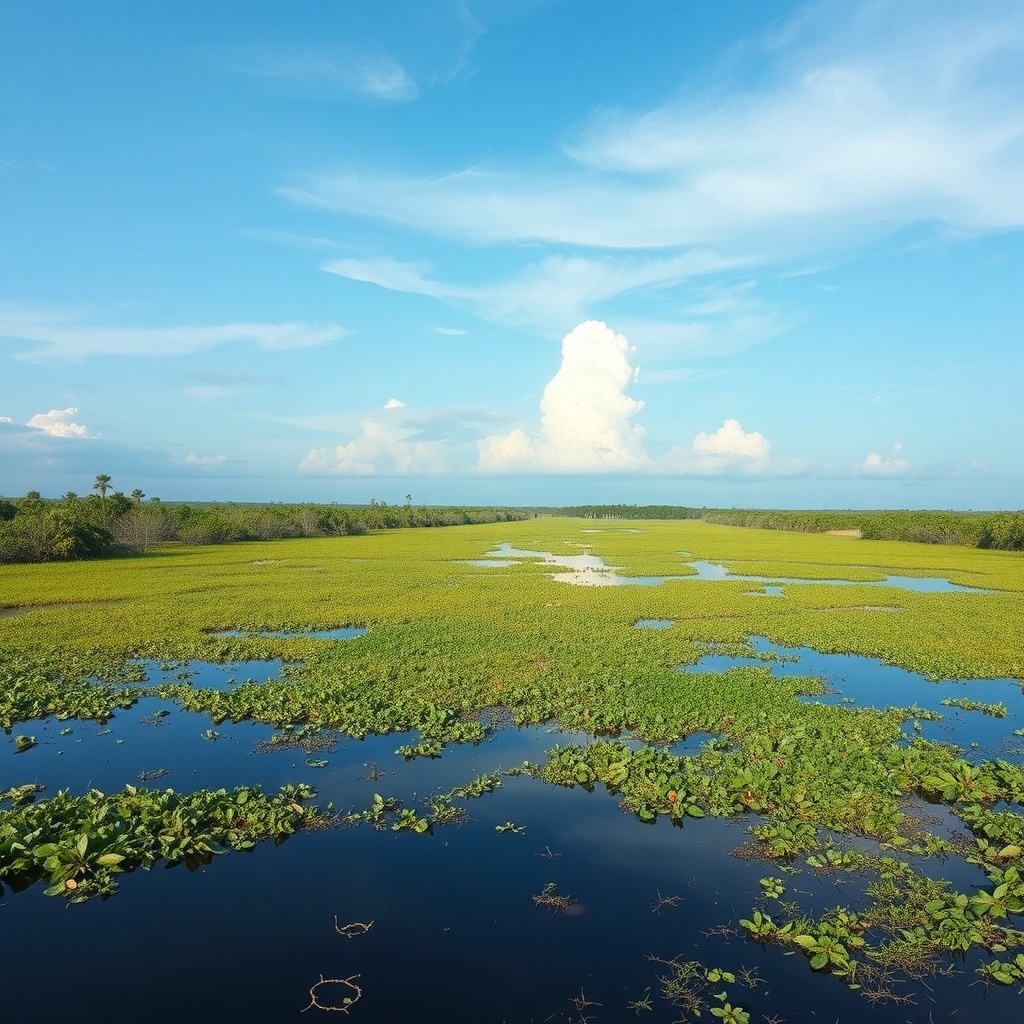The Everglades is one of the planet’s most distinctive wetlands, a slow-moving “river of grass” that supports a rich web of life and plays a critical role in regional water supply and coastal protection.

Its mosaic of sawgrass marshes, mangrove forests, cypress domes, and coastal estuaries creates habitat for iconic species—wading birds, manatees, American crocodiles, and the elusive Florida panther—while filtering water that sustains cities and agriculture.
Why the Everglades matters
The Everglades functions as a natural sponge and filtration system. Freshwater moving south from the interior recharges aquifers and helps keep saltwater from moving inland. Healthy wetlands store floodwaters, buffer storm surge, and provide nursery habitat for fish and crustaceans that support commercial and recreational fisheries. Protecting this interconnected system safeguards biodiversity, water quality, and coastal resilience.
Key threats and restoration focus
Several pressures have altered Everglades ecosystems: changes in hydrology from canals and levees, nutrient pollution from agricultural runoff, invasive plants and animals, and rising seas.
Restoration efforts emphasize restoring more natural water flow, reducing nutrient loading, reestablishing wetland habitat, and controlling invasive species. Large-scale projects aim to reconnect fragmented landscapes with reservoirs, stormwater treatment areas, and targeted land management to benefit both nature and communities downstream.
Wildlife highlights
Birdwatchers can find a spectacular range of species when conditions are right: herons, egrets, roseate spoonbills, and wood storks are among the most visible. The Everglades is also home to secretive residents—marsh fish, turtles, and the sometimes nocturnal Florida panther. Note the coexistence of American alligators in freshwater and American crocodiles that prefer brackish coastal waters; both are important indicators of ecosystem health.
Invasive species and management
Invasive fauna and flora continue to challenge restoration. Burmese pythons have significantly reduced small mammal populations in parts of the park, while nonnative plants like Old World climbing fern and Brazilian pepper alter fire regimes and displace native vegetation.
Management uses a mix of targeted removals, trapping programs, prescribed fire, and public engagement to limit spread and support native recovery.
Visiting responsibly: practical tips
– Choose guided experiences for safety and deeper learning; certified guides explain ecology and restoration work.
– Prepare for insects and heat: bring insect repellent, sun protection, ample water, and lightweight, breathable clothing.
– For backcountry trips, obtain required permits and follow Leave No Trace practices—pack out all trash and avoid disturbing wildlife.
– Stay on designated trails and boardwalks to protect delicate marsh vegetation and reduce erosion.
– Respect wildlife: never feed or approach animals; keep a safe distance and use binoculars or a telephoto lens for viewing.
How to help
Support for conservation can be as simple as responsible visitation, donating to reputable nonprofits that fund habitat restoration and species monitoring, and staying informed about local water management decisions. Community advocacy for policies that reduce nutrient runoff, fund habitat reconnection, and plan for sea level rise helps ensure the Everglades remains resilient for nature and people.
The Everglades is a living landscape under active restoration and stewardship. Experiencing it with awareness and respect helps preserve its wild character and the many benefits it provides for generations of wildlife and nearby communities.